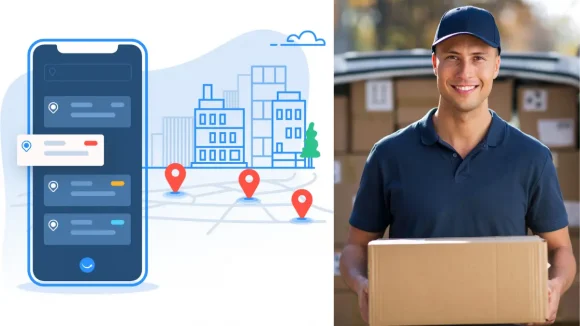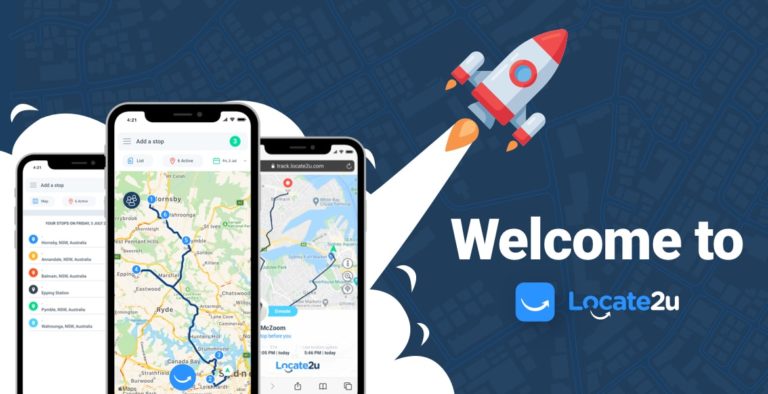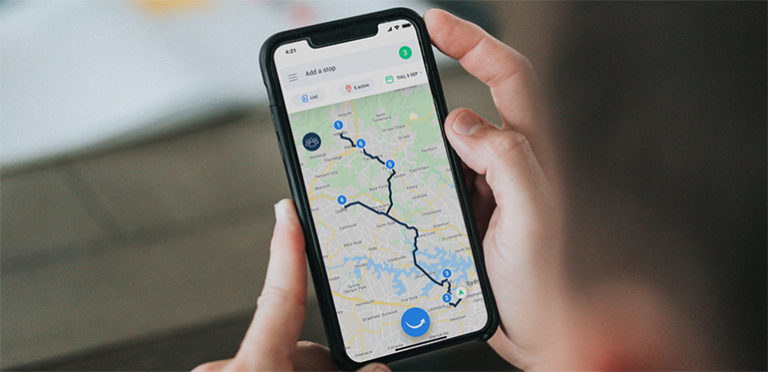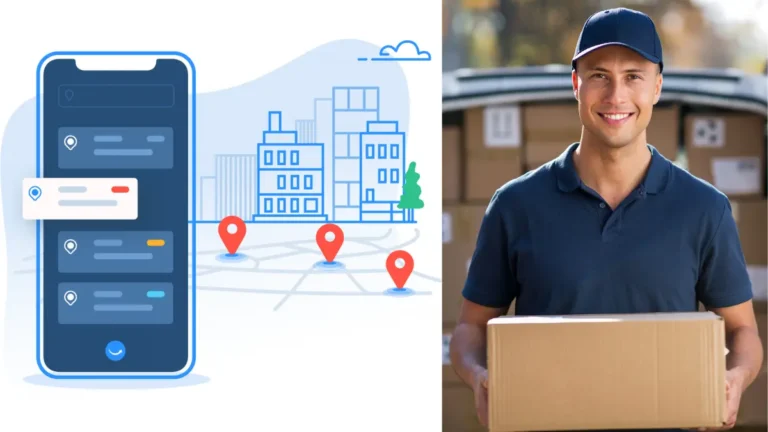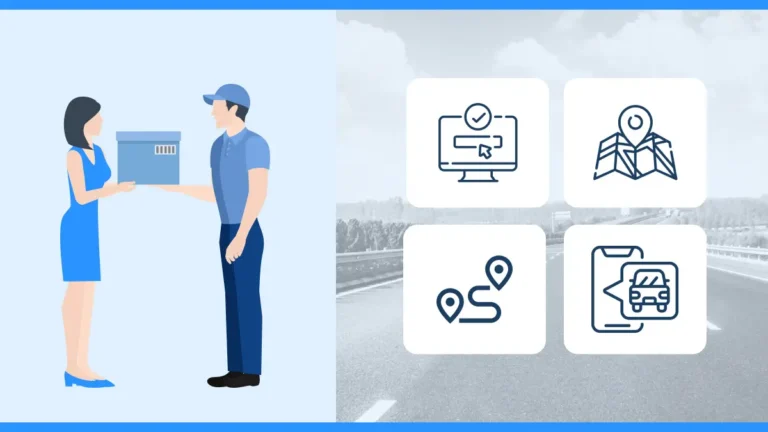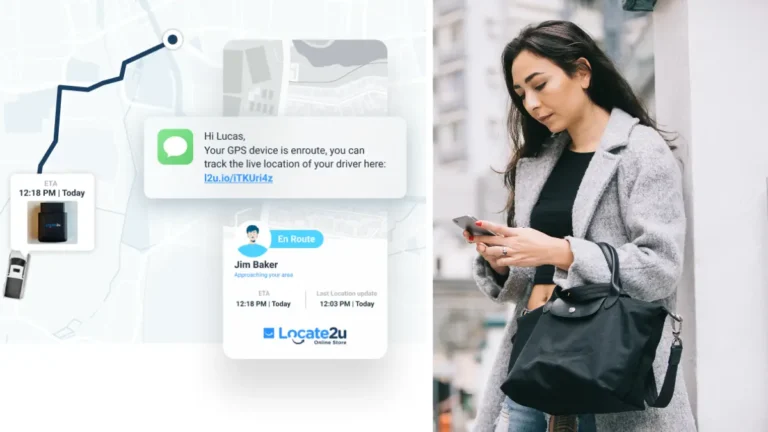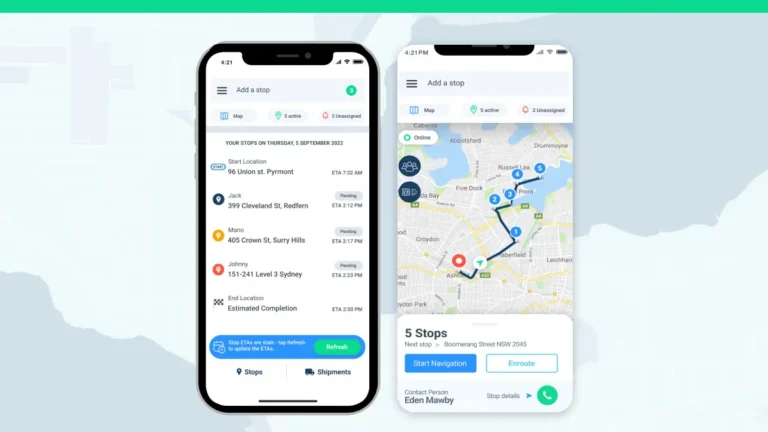Missing the delivery on the first time not only impacts customer satisfaction, but it will also send affects the other way, incurring further costs on your business in redelivery attempts. Failed deliveries will cost you money and future business. For any successful carrier, an attempted delivery should always turn into a successful one.
For senders and receivers, understanding ‘what does attempted delivery mean?’ will have different implications. Our guide it going to go over the repercussions of an attempted delivery, and how logistics companies can avoid it from occurring.
Let’s get into it!
What Does Attempted Delivery Mean?
If you’ve ever wondered what “attempted delivery” means on your package tracking information, you’re not alone. Many people have had the same question, and luckily, the answer is quite simple.
Attempted delivery simply means that the delivery driver tried to deliver your package, but for some reason was unable to. There are a few different reasons why this might happen, but the most common one is that there was no one home to accept the package.
Other reasons can include an incorrect or incomplete address being provided, or the driver may have been unable to access your property. In some cases, weather conditions can also prevent a driver from completing a delivery.
If your package is marked as attempted delivery, don’t worry! The driver will typically try again the next business day. If you’re still not home or available to accept the package, the driver will leave a notice with information on how to arrange a future delivery or pick-up.

Common Notifications from a Failed Delivery Attempt
1. Attempted delivery – incorrect address on item
If you receive an “Attempted delivery – incorrect address on item” in your mailbox, it means that the person who sent you the item put in an incorrect address. This could be because they typed in the wrong address, or because they were trying to send the item to someone who no longer lives at that address.
If you know who the sender is, you can try contacting them to let them know about the error. If you’re not sure who sent you the item, or if you can’t get in touch with the sender, then you can simply dispose of the item. It’s unlikely that it will ever make its way to the correct destination.
2. Attempted delivery – unable to gain access
This attempted delivery message usually means that the person attempting to deliver the package was unable to gain access to your property. This could be for a number of reasons, such as:
- The person couldn’t find your address
- Your property was locked, and they couldn’t get in
- There was no one home to receive the package
If you believe that there may have been an issue with the delivery attempt, you can contact the shipping company to see if they can provide more information. In some cases, they may be able to reschedule the delivery or give you further instructions on how to retrieve your package.
3. Attempted Delivery – left with agent
The ‘attempted Delivery – left with agent’ is used by package delivery companies to indicate that a driver attempted to deliver a package but was unable to do so. The driver then left the package with a local agent who will attempt to deliver it at a later time. This usually happens when the intended recipient is not home at the time of delivery.

What Happens When A Parcel Can’t Be Delivered?
If a parcel can’t be delivered, the courier will attempt to redeliver it. If they are unable to do so, the parcel will be returned to sender.
Importance of The First Delivery Attempt
There are many reasons why the first delivery attempt is so important. Perhaps the most important reason is that it sets the tone for the rest of the relationship between the customer and the company. If the first delivery attempt is successful, it builds trust and creates a good impression. Conversely, if the first delivery attempt is unsuccessful, it can damage the relationship and create a negative impression.
Another important reason why the first delivery attempt is so important is that it can often be a make-or-break moment for a sale. If a customer has been on the fence about whether to buy a product or not, a successful first delivery attempt can tip them over into becoming a loyal customer. On the other hand, an unsuccessful first delivery attempt can lose the sale entirely.
Finally, the first delivery attempt is important because it can often be a good indicator of the quality of the product or service being delivered. If a company consistently makes successful first delivery attempts, it is likely that they are providing a high-quality product or service. Conversely, if a company regularly fails to make successful first delivery attempts, it may be an indication that the quality of their product or service is not up to par.
Above all else, first delivery attempt sets the tone for the rest of the customer-company relationship, it can make or break a sale, and it can be a good indicator of the quality of the product or service being delivered.

Challenges of Last Mile Delivery and Delivery Exceptions
One of the key challenges in last mile delivery is managing exceptions. Exceptions are unplanned events that can occur during the course of a delivery, such as a customer not being home to accept a package, or a package being damaged on the way. Exception management can be complex and time-consuming, often requiring manual intervention. This can lead to delays in delivery, and ultimately, customer dissatisfaction.
Another challenge in last mile delivery is managing returns. Returns are often unpredictable and can add significant complexity to the delivery process. Managing returns effectively requires careful planning and coordination between different stakeholders, such as retailers, logistics providers, and customers.
Finally, a challenge in last mile delivery is ensuring timely and accurate order fulfillment. This includes ensuring that orders are properly packaged and shipped to the correct address in a timely manner. Order fulfillment can be complex and time-consuming, often requiring manual intervention. This can lead to delays in delivery, and ultimately, customer dissatisfaction.
How to Increase Success Rate of First Delivery
There are a number of things that can be done to increase the success rate of first deliveries. Perhaps the most important factor is the level of communication between the sender and the receiver. If there is a clear understanding of what is being sent and why, then both parties are more likely to be satisfied with the outcome.
Another important factor is the quality of the product or service being delivered. If it meets or exceeds expectations, then the chances of a successful delivery go up significantly. Finally, promptness is also key. The sooner the delivery is made, the better the chances that it will be successful.
By following these tips, you can increase your chances of making a successful first delivery every time.
Why Carriers and Businesses Need Better Delivery Management
The current state of delivery management is far from perfect. Carriers and businesses are struggling to keep up with the demands of customers, often resulting in late or even failed deliveries. This puts a strain on carrier relations and can result in lost business for companies.
There are many reasons why carriers and businesses need better delivery management. Perhaps the most important reason is that customers today expect more when it comes to their deliveries. They want their orders to be delivered on time and without any issues. If a company cannot meet these expectations, they will likely lose that customer’s business.
Another reason better delivery management is needed is that it can help improve carrier relations. When carrier services are unreliable, it reflects poorly on the company that contracted them. This can lead to tension and even conflict between the two parties. Better delivery management can help ensure that carriers are meeting their obligations and that companies are getting the service they expect.
Finally, better delivery management is simply good for business. Companies that cannot reliably get their products to customers on time will eventually lose out to those that can. In today’s competitive marketplace, businesses need every advantage they can get. Better delivery management can give them the edge they need to succeed.
There are many steps that carriers and businesses can take to improve delivery management. One of the most important is to invest in technology that can help track and manage deliveries. There are a number of great software solutions on the market – like Locate2u – that can make a big difference to your company operations.
Making An Attempted Delivery a Success with Locate2u
First delivery attempts on last mile deliveries are crucial. The rate in which businesses are able to successfully complete first attempt deliveries is directly related to their reputation and success. Giving customers the most precise time possible for their delivery, as well as the ability to track the delivery executive live are all key features of delivery management software designed to increase the rate attempted deliveries become successful.
Locate2u is a state-of-the-art delivery management software that helps logistics carriers with their last mile delivery. Driven by innovation and efficiency, Locate2u will connect receivers with drivers like never before, and our platform makes coordination between parties easier, making deliveries more successful and simpler to manage.
Click here to learn more about how Locate2u can help your business today!
About the author
Marketing Coordinator at Locate2u having completed a Bachelor of Creative Arts, majoring in English Literature and Creative Writing. I have extensive experience in editing and proofreading, as well as creating content for a range of audiences.

